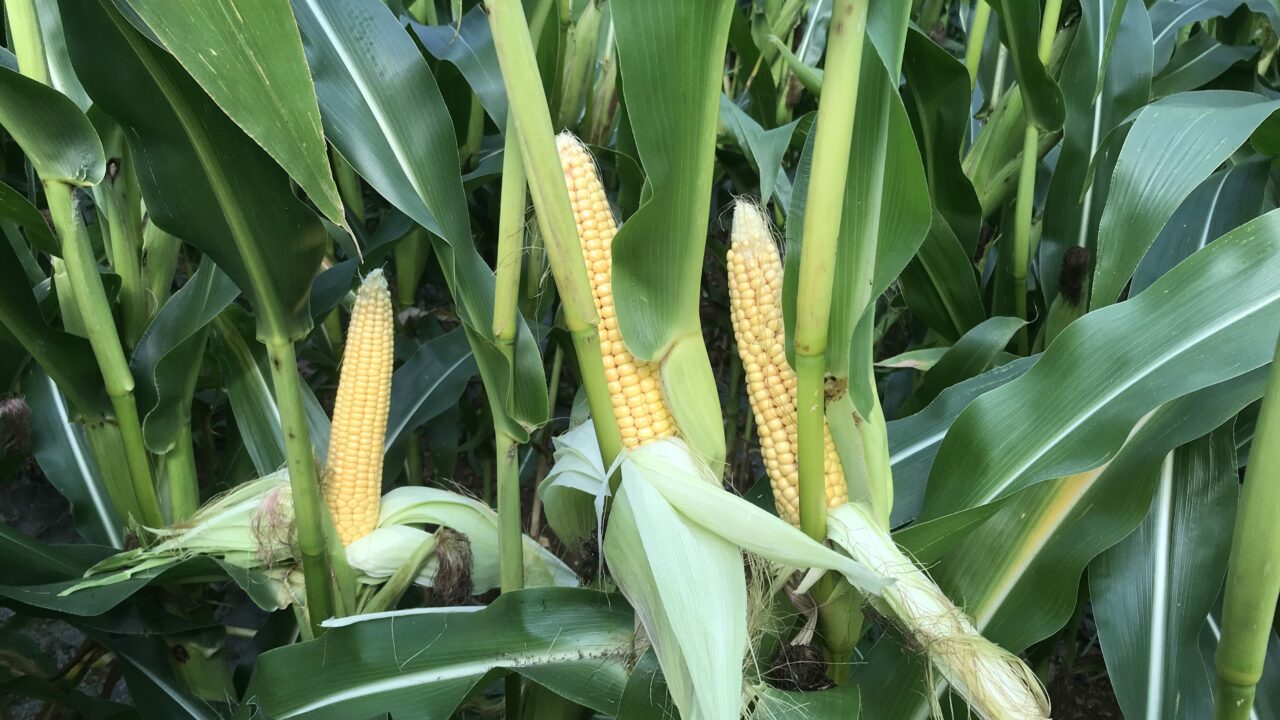It has ben reported that farmers in Ukraine have cut back significantly on the acreage of grain maize and soya they are growing this year.
“The beet issue reflects farmers’ fears of not being able to get their crops processed,” confirmed Jim McCarthy, who farms in Romania – close to the border with Ukraine.
He was interviewed for the most recent edition of the Tillage Edge podcast.
“Soya has also been reintroduced this year across Ukraine to a significant extent,” said McCarthy.
“Across the board, farmers there are changing their rotational practices in response to the continuing unrest in the country.”
There is now general agreement that the overall tonnages of grain and oilseeds exported by Ukraine in 2022 will be well back on previous years.
Weather impact on Ukrainian grain maize
According to McCarthy the weather will also be a key factor in determining crop yields in both Ukraine and Romania.
“There are some excellent crops of maize growing in both countries at the present time. But summer rain will be required to push these crops forward,” he explained.
“It has been exceptionally dry over recent weeks and there is very little stored water available.
“In an ideal world 600mm of rain will be required to grow a good crop of maize. However, the average rainfall expected over the coming summer months will be in region of 300mm.”
On the back of reduced yields across most of eastern Europe, McCarthy is expecting feed wheat and maize prices to be very strong later this year. The production capacity just isn’t there.
Farming in Romania
With regard to his own farming operation in Romania, McCarthy is reporting exceptional germination rates across all his crops. Where sugar beet is concerned, plant numbers are averaging 40,000/ha.
“Growing conditions have also been good, which means that our crops have received the best start possible,” McCarthy continued.
“Very often Romania can be predisposed to very strong winds in late April. Thankfully, this has not been the case in 2022.
“We planted out our soybean crops at the beginning of April. These have all emerged now and are looking really well.
“Grain maize is a big driver for the business. This year we were able to plant out 4,500ha of crops in 14 days.
“Sunflowers were the last crop to be planted out this year. This happened after Easter. Sunflower seeds germinate very quickly; they are a very vibrant crop,” he said.
